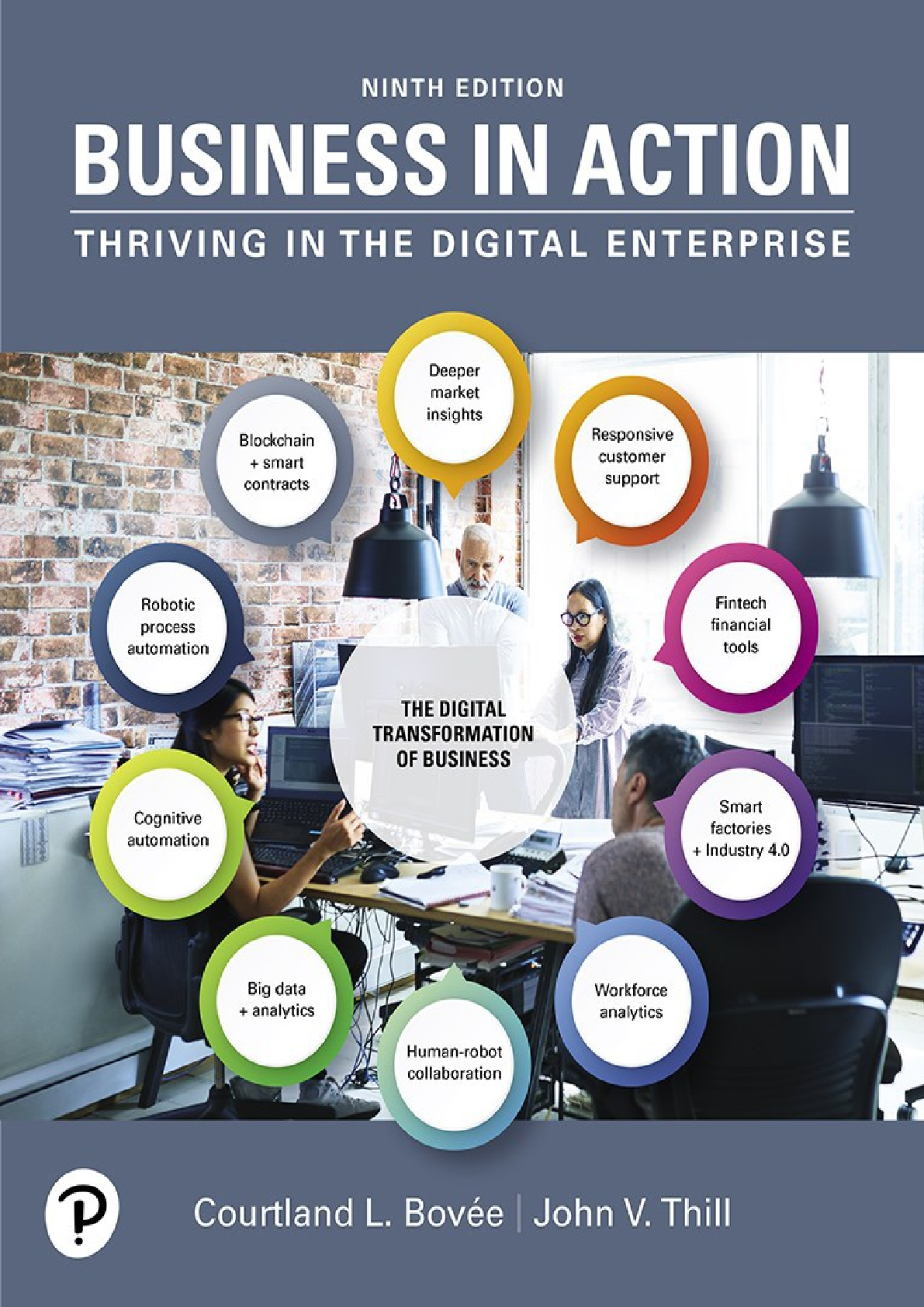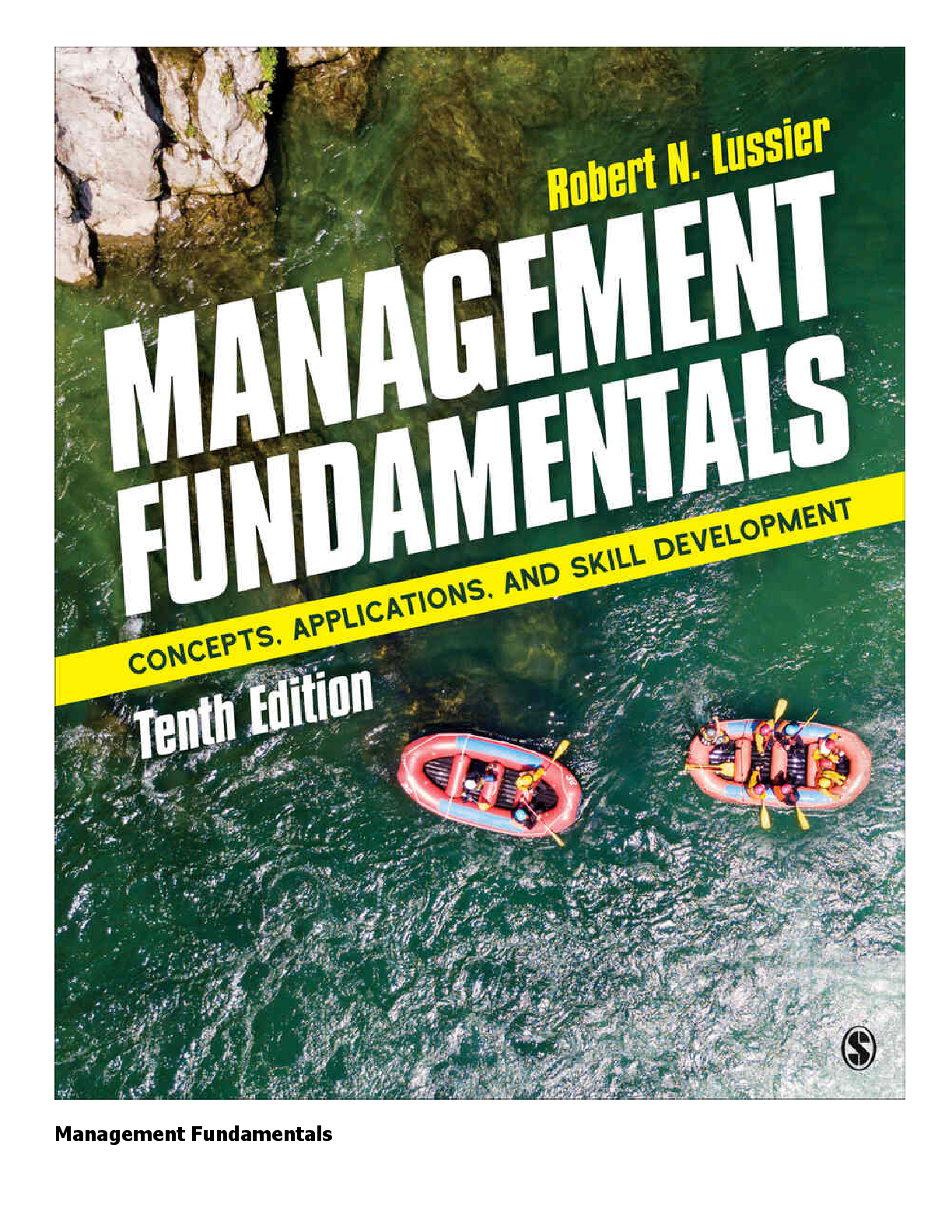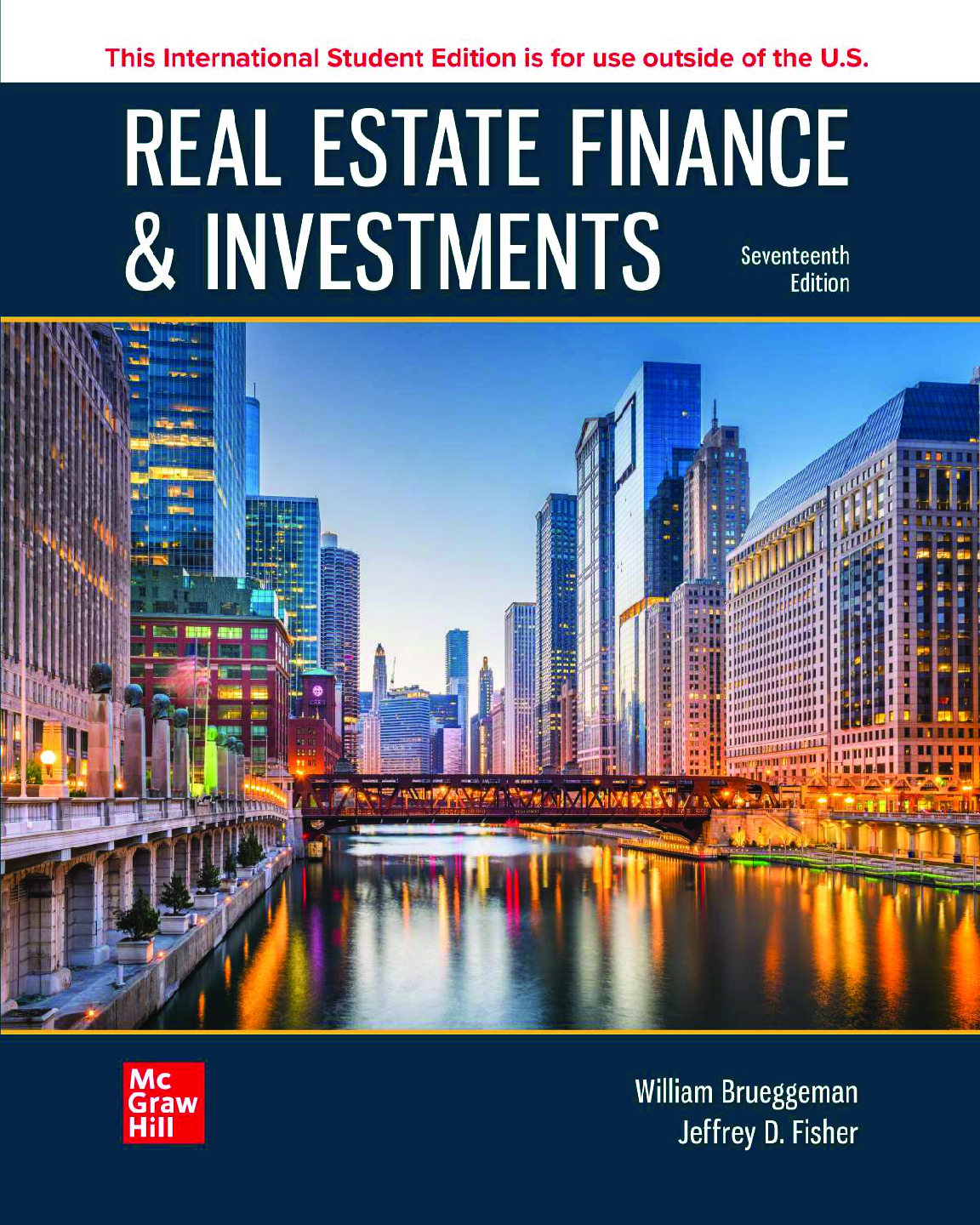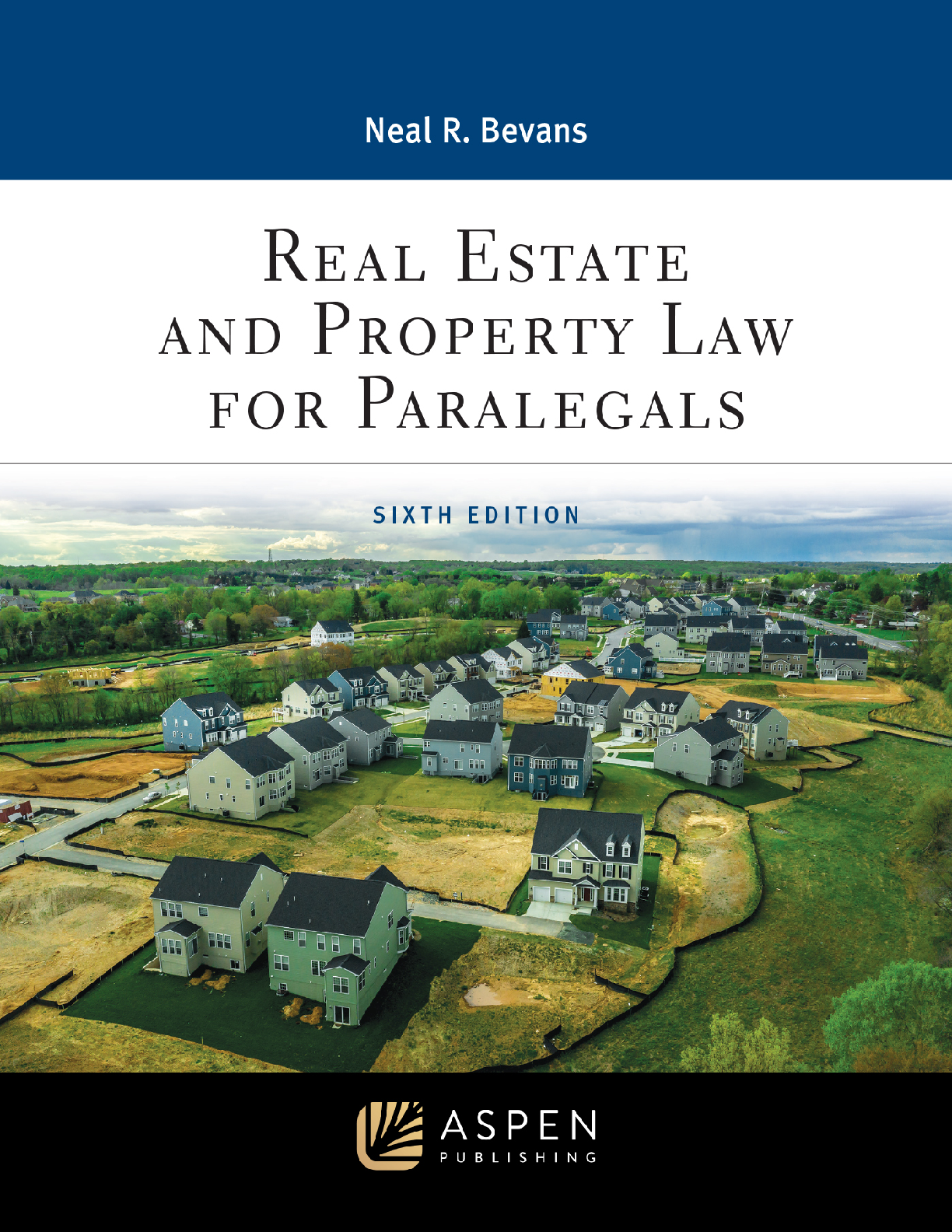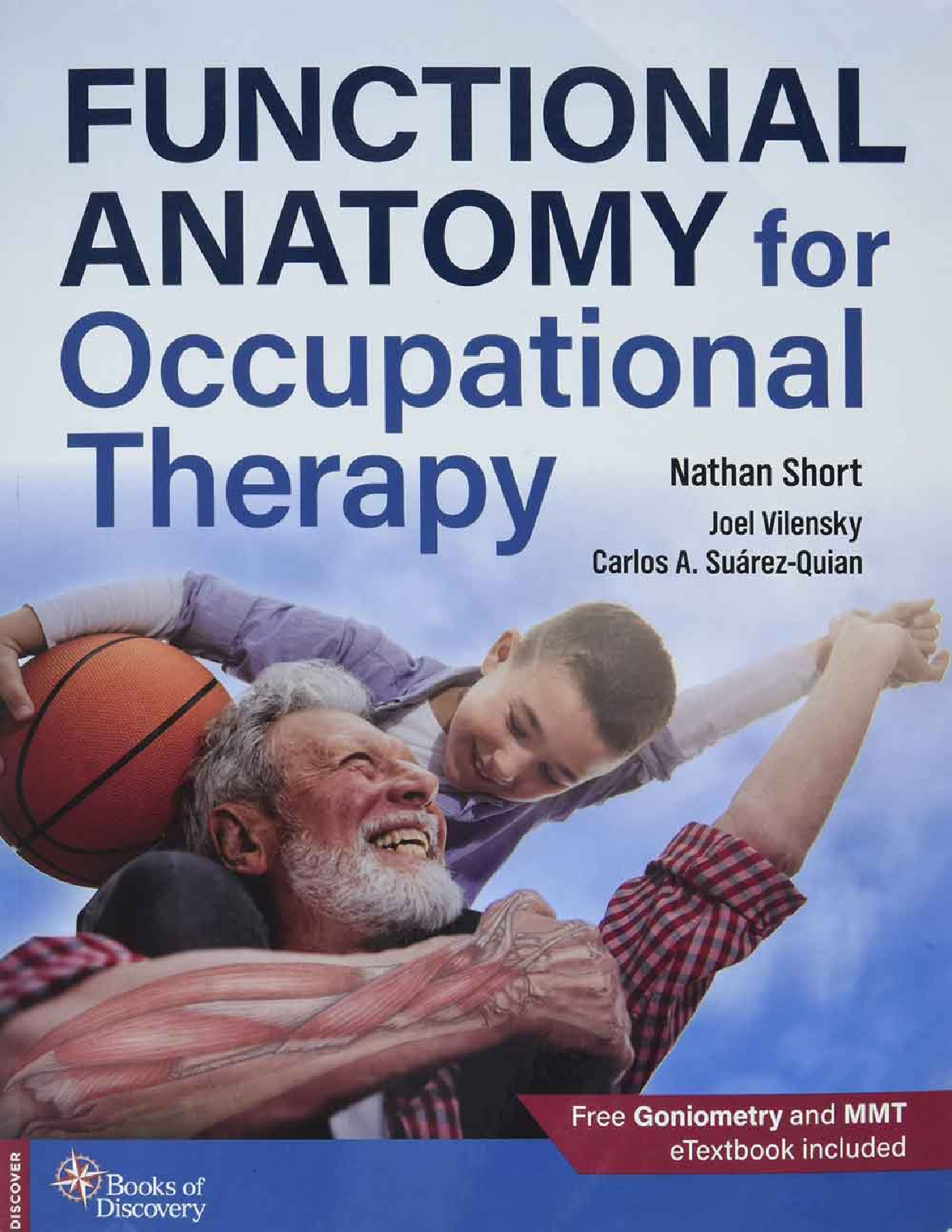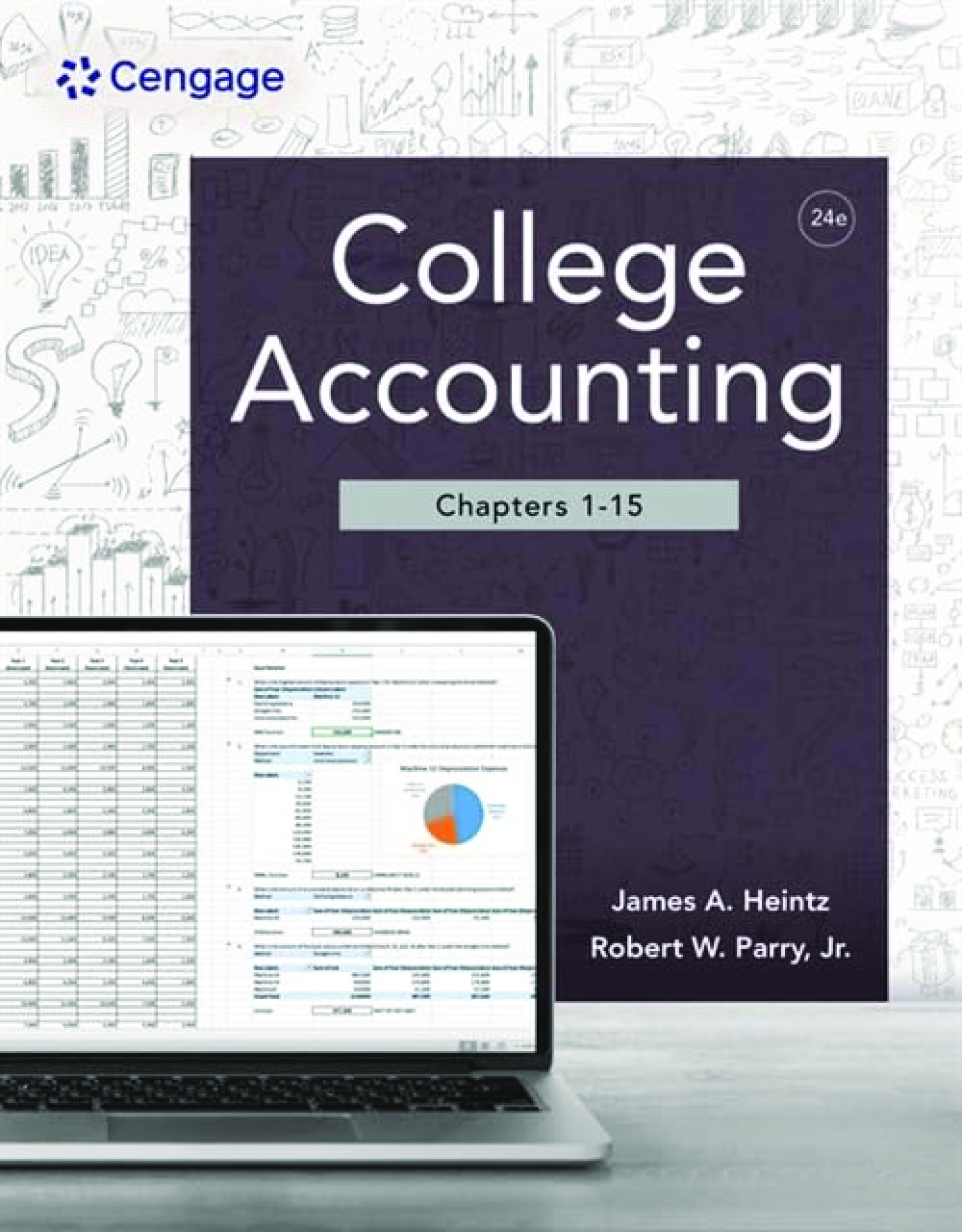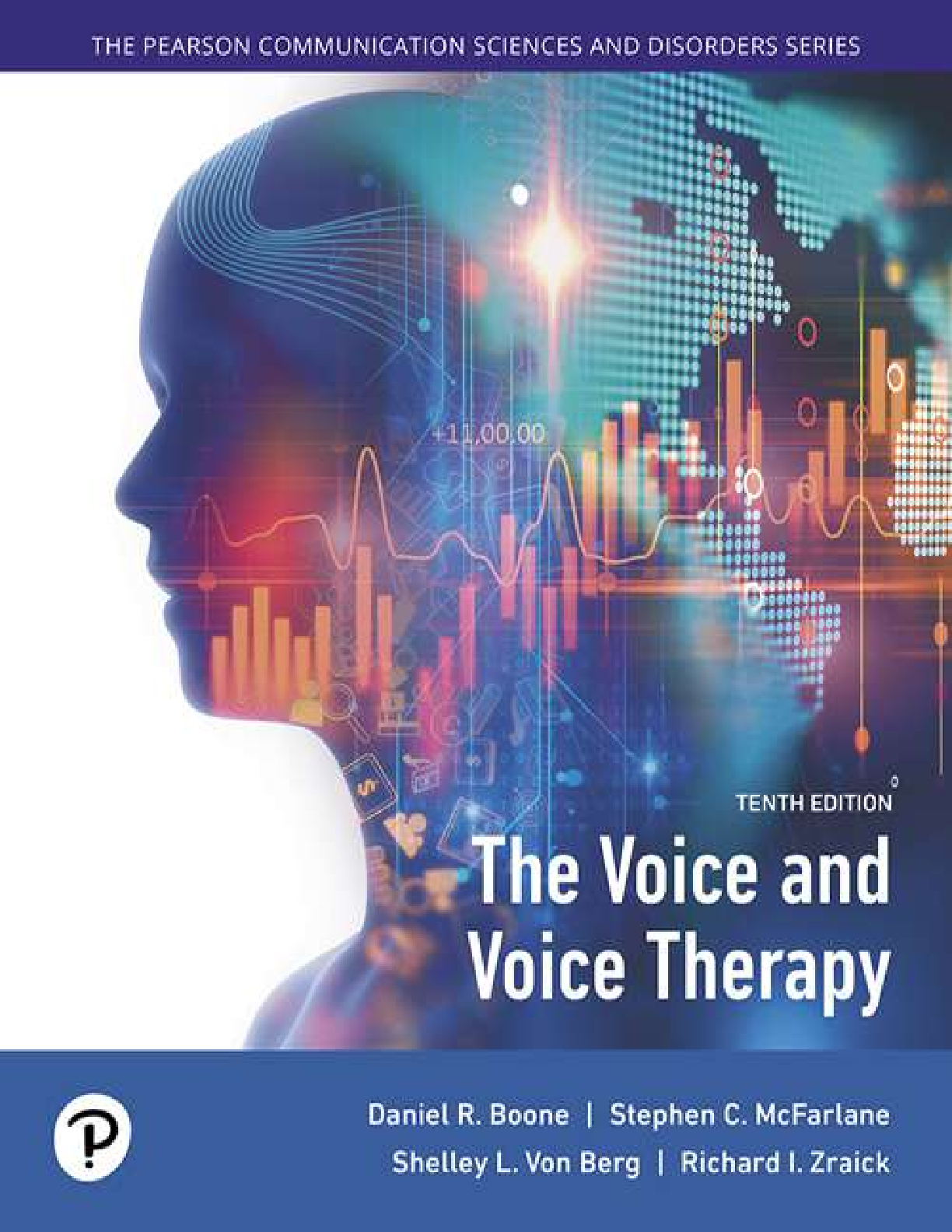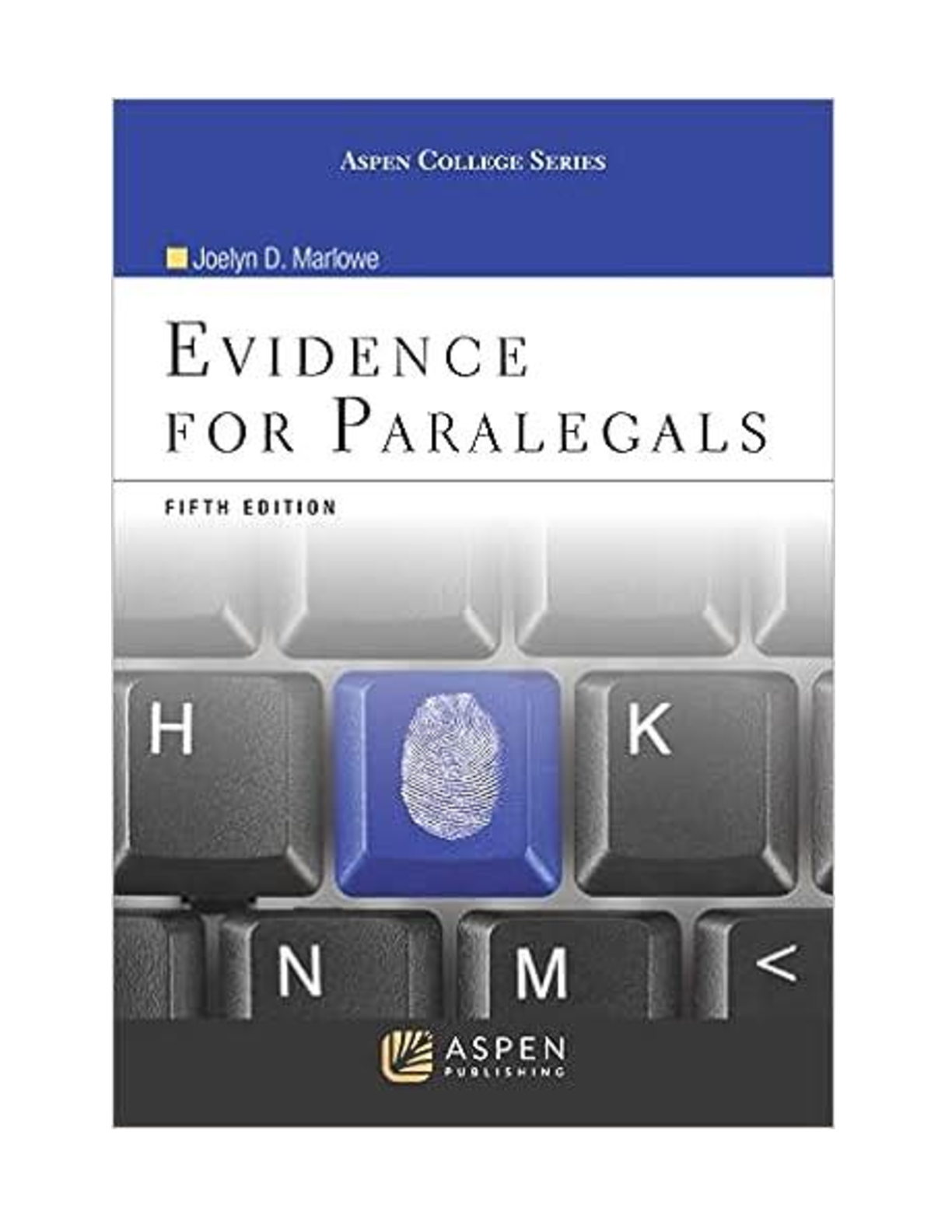Social Sciences > eBook-PDF > Evidence for Paralegals, 5th Edition By Joelyn Marlowe [eBook] [PDF] (All)
Evidence for Paralegals, 5th Edition By Joelyn Marlowe [eBook] [PDF]
Document Content and Description Below
Evidence for Paralegals, 5th Edition By Joelyn Marlowe [eBook] [PDF] Cover Page Inside-Cover Page Half-Title Page Editorial Advisors Title Page Copyright About Wolters Kluwer Law & Business Ab... out the Author Dedication Page Summary of Contents Contents Foreword Acknowledgments Chapter 1 - Introduction 1.1 Overview 1.2 Historical Development of the Rules of Evidence 1.3 Ethics and Advocacy 1.4 Reasons for the Rules of Evidence 1.5 What Is Evidence? 1.6 Role of the Paralegal 1.7 Direct and Circumstantial Evidence 1.8 How Is Evidence Obtained? 1.9 Interviewing Witnesses 1.10 Discovery Devices 1.11 Evidentiary Procedures 1.12 In Summary End of Chapter Review Questions Applications Chapter 2 - Relevance 2.1 Common Law Rules of Relevancy and Materiality 2.2 Relevancy Under the Federal Rules of Evidence 2.3 Admissibility of Relevant Evidence 2.4 Evolution of the Unfair Prejudice Objection 2.5 What Constitutes Unfair Prejudice 2.6 Undue Delay, Wasting Time, or Needlessly Presenting Cumulative Evidence 2.7 Objection for Unfair Prejudice Where Evidence Is Admissible for a Limited Purpose 2.8 Rule 403—Inapplicability 2.9 In Summary End of Chapter Review Questions Applications Chapter 3 - Character 3.1 Character Evidence Defined 3.2 Character Evidence in Civil Cases 3.3 Character of the Defendant in Criminal Proceedings 3.4 Character of the Victim in Criminal Proceedings 3.5 Prior Sexual Conduct Evidence in Civil and Criminal Sex Offense Cases 3.6 Methods of Proving Character 3.7 Character as an Essential Element of the Civil or Criminal Case 3.8 General Prohibition Against Evidence of Crimes, Wrongs, or Other Acts to Prove Conduct in Civil and Criminal Cases 3.9 Offering Extrinsic Evidence of Crimes, Wrongs, or Other Acts Through the Back Door 3.10 The Battle Between FRE 403 and FRE 404(b) 3.11 In Summary End of Chapter Review Questions Applications Chapter 4 - Habit and Modus Operandi 4.1 Habit Defined 4.2 Habit as an Organizational Function 4.3 Proving the Habit of an Individual 4.4 Proving the Habit of an Individual Who Follows a Professional Routine 4.5 Modus Operandi 4.6 Procedural Information 4.7 In Summary End of Chapter Review Questions Applications Chapter 5 - Witnesses and Competency 5.1 Common Law Rules of Competency 5.2 Who Is Competent to Testify Under the FRE? 5.3 Modern Competency Rules in the States 5.4 Personal Knowledge of the Witness 5.5 The Oath or Affirmation 5.6 Judges and Jurors as Witnesses 5.7 In Summary End of Chapter Review Questions Applications Chapter 6 - Impeachment 6.1 Impeachment—An Explanation 6.2 Who May Impeach? 6.3 Impeachment Based on Character for Truthfulness 6.4 Evidence of Specific Conduct on Cross-Examination 6.5 Impeachment by Evidence of Conviction of a Crime 6.6 Impeachment Based on Religious Beliefs or Opinions 6.7 Prior Inconsistent Statements 6.8 Refreshing a Witness’s Memory 6.9 Personal Bias 6.10 Collateral Extrinsic Evidence 6.11 Overlapping Rules and Limitations on the Use of Impeachment Evidence 6.12 In Summary End of Chapter Review Questions Applications Chapter 7 - Lay and Expert Opinions 7.1 Opinion Testimony by Lay Witnesses 7.2 Expert Opinions 7.3 Laying a Foundation for Expert Testimony and Demonstrative Evidence 7.4 The Use of Lay Testimony in Lieu of Expert Testimony 7.5 The Bases of Opinion Testimony by Experts and Refreshing the Expert’s Recollection 7.6 Opinion as to the Ultimate Issue 7.7 Court Appointed Experts 7.8 In Summary End of Chapter Review Questions Applications Chapter 8 - Settlement, Negotiation, and Remedial Measures 8.1 The Role of Paralegals in Settlement and Negotiation 8.2 Compromise and Offers to Compromise 8.3 When Settlement Negotiations and Agreements Are Admissible 8.4 Excludability of Evidence of Remedial Measures 8.5 Payment of Medical and Similar Expenses 8.6 Exclusion of Evidence of Liability Insurance 8.7 Exclusion of Evidence of Unaccepted Plea Bargains, Withdrawn Pleas, and No Contest Pleas 8.8 In Summary End of Chapter Review Questions Applications Chapter 9 - Hearsay 9.1 Introduction to Hearsay 9.2 Purpose of Hearsay Rules 9.3 An Introduction to Nonhearsay 9.4 Nonverbal Conduct 9.5 Evidence That Is Not Hearsay Because the Rules Say It Is Not 9.6 Evidence That Is Not Hearsay Because the Court Says It Is Not 9.7 Identifying Nonhearsay Uses of Evidence Offered for Purposes Other Than to Prove the Truth, and Understanding Their Limitations 9.8 Verbal Acts 9.9 Implied Assertions 9.10 In Summary End of Chapter Review Questions Applications Chapter 10 - Hearsay Exceptions 10.1 Introduction to Hearsay Exceptions 10.2 The Crawford Confrontation Wrinkle 10.3 Present Sense Impression and Excited Utterance 10.4 Res Gestae 10.5 Then Existing Mental, Emotional, or Physical Condition 10.6 Statements for Purposes of Medical Diagnosis or Treatment 10.7 Recorded Recollection 10.8 Records 10.9 Reputation 10.10 Learned Treatises 10.11 Judgments 10.12 “Catch-All” Hearsay Exceptions 10.13 Availability of the Declarant 10.14 Hearsay Exceptions When the Declarant Is Unavailable 10.15 In Summary End of Chapter Review Questions Applications Chapter 11 - Authentication, Identification, and Exhibits 11.1 Introduction 11.2 Testimony of a Witness with Personal Knowledge 11.3 Chain of Custody 11.4 Authenticating Documents and Self-Authentication 11.5 Authenticating Business Records 11.6 Ancient Documents 11.7 Computer and Other Technologically Generated Records 11.8 State Statutes and Acts of Congress 11.9 Best Evidence Rule—Original, Duplicate, and Unavailable Documents 11.10 Summaries of Documents 11.11 In Summary End of Chapter Review Questions Applications Chapter 12 - Constitutional Constraints on the Admissibility of Evidence 12.1 Introduction 12.2 An Overview of the Fourth Amendment 12.3 The Fourth Amendment’s Search and Seizure Requirements 12.4 Exceptions to the Search Warrant Requirement 12.5 The Fifth Amendment and the Right Against Compelled Self-Incrimination 12.6 The Miranda Warnings 12.7 The Sixth Amendment’s Confrontation Clause 12.8 The Exclusionary Rule—The Cure for Constitutional Violations 12.9 Fruit of the Poisonous Tree 12.10 In Summary End of Chapter Review Questions Applications Chapter 13 - Common Law Privileges 13.1 Introduction to Common Law Privileges 13.2 The Attorney-Client Privilege and the Work-Product Privilege 13.3 Communications That Fall Outside the Attorney-Client Privilege 13.4 The Crime-Fraud Exception to the Attorney-Client Privilege 13.5 Spousal Privilege 13.6 The Physician-Patient Privilege 13.7 Religious Communication Privilege 13.8 Counselors, Therapists, and Social Workers, and Chiropractors, Nurses, and Dentists 13.9 Military Secrets 13.10 Privileges on the Horizon 13.11 In Summary End of Chapter Review Questions Applications Appendix A - Federal Rules of Evidence Glossary Index [Show More]
Last updated: 1 month ago
Preview 1 out of 556 pages

Buy this document to get the full access instantly
Instant Download Access after purchase
Buy NowInstant download
We Accept:

Reviews( 0 )
$26.00
Can't find what you want? Try our AI powered Search
Document information
Connected school, study & course
About the document
Uploaded On
Mar 08, 2022
Number of pages
556
Written in
Additional information
This document has been written for:
Uploaded
Mar 08, 2022
Downloads
1
Views
122


